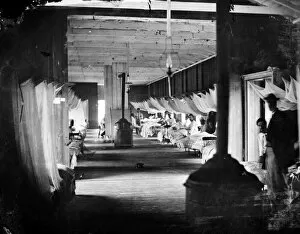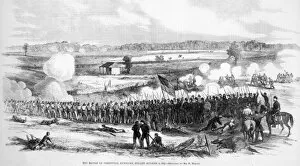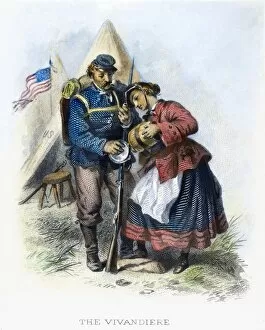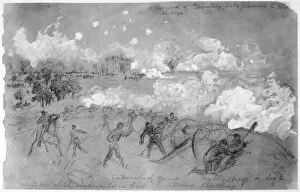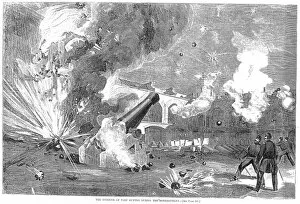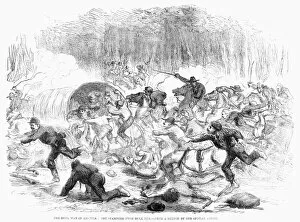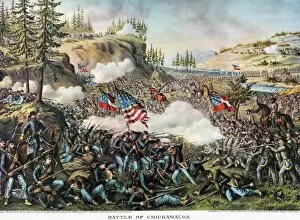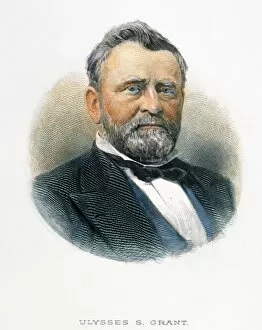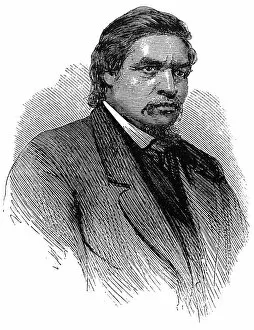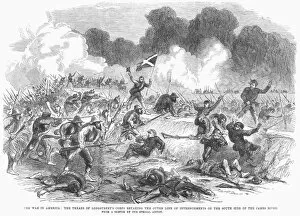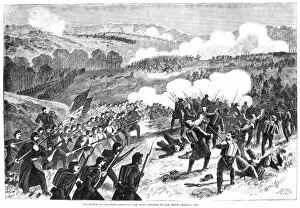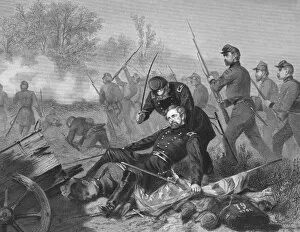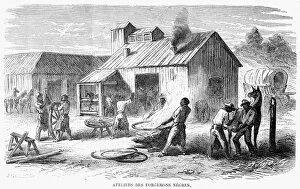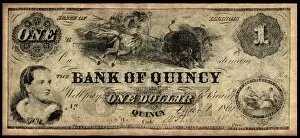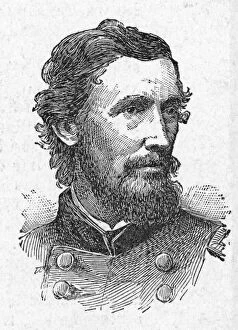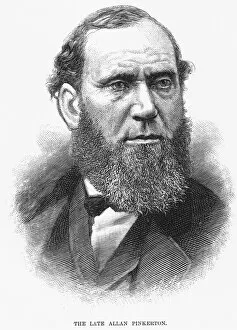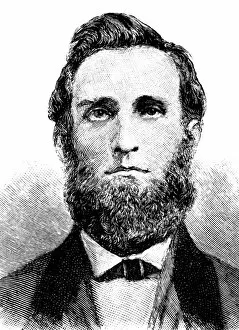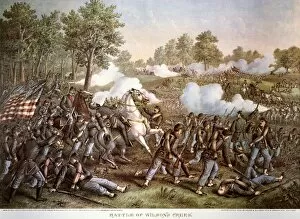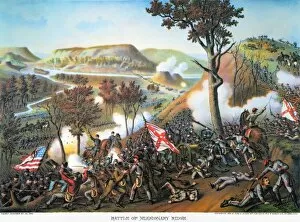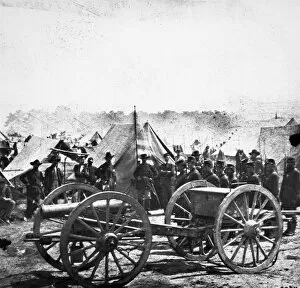Yankee Collection (#16)
"Yankee: A Legacy of Triumph and Unity" The New Yankee Stadium, located in the Bronx, New York, stands as a testament to the enduring spirit of American baseball
For sale as Licensed Images
Choose your image, Select your licence and Download the media
"Yankee: A Legacy of Triumph and Unity" The New Yankee Stadium, located in the Bronx, New York, stands as a testament to the enduring spirit of American baseball, and is here that fans gather to witness the magic unfold on the diamond, where legends are born and dreams come true. One such legend was Satchel Paige, an extraordinary American baseball player whose talent knew no bounds. His remarkable skills captivated audiences and left them in awe of his prowess on the mound. But beyond the realm of sports, Yankees have played pivotal roles in shaping history. The surrender of General Lee to General Grant at Appomattox Court House marked a turning point in our nation's story - a moment when peace was restored within our Union. In 1933, Babe Ruth graced an iconic chewing gum card that immortalized him as one of America's greatest athletes. His legacy lives on not only through his achievements but also through his impact on popular culture. Yankee Stadium itself has witnessed countless historic moments throughout its existence. From George H. Ruth's electrifying performances in the 1920s to Mickey Mantle's unforgettable plays in 1966, this hallowed ground has been witness to greatness time and time again. Yet amidst triumphs and victories lies a reminder of sacrifice and struggle. The Battle of Franklin during the Civil War serves as a somber chapter etched into our collective memory - reminding us that even amidst darkness, hope can emerge from despair. Abraham Lincoln stood alongside General George B. McClellan during another crucial moment in history - their presence captured by Alexander Gardner's lens at Antietam battlefield. Their unity symbolizes resilience against adversity and unwavering commitment towards preserving our nation's values. Even within war-torn times like these, faith remained unyielding for soldiers like Father William Corby who provided spiritual solace to Irish Brigade members during the Civil War.




